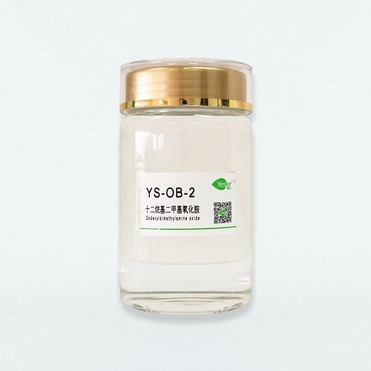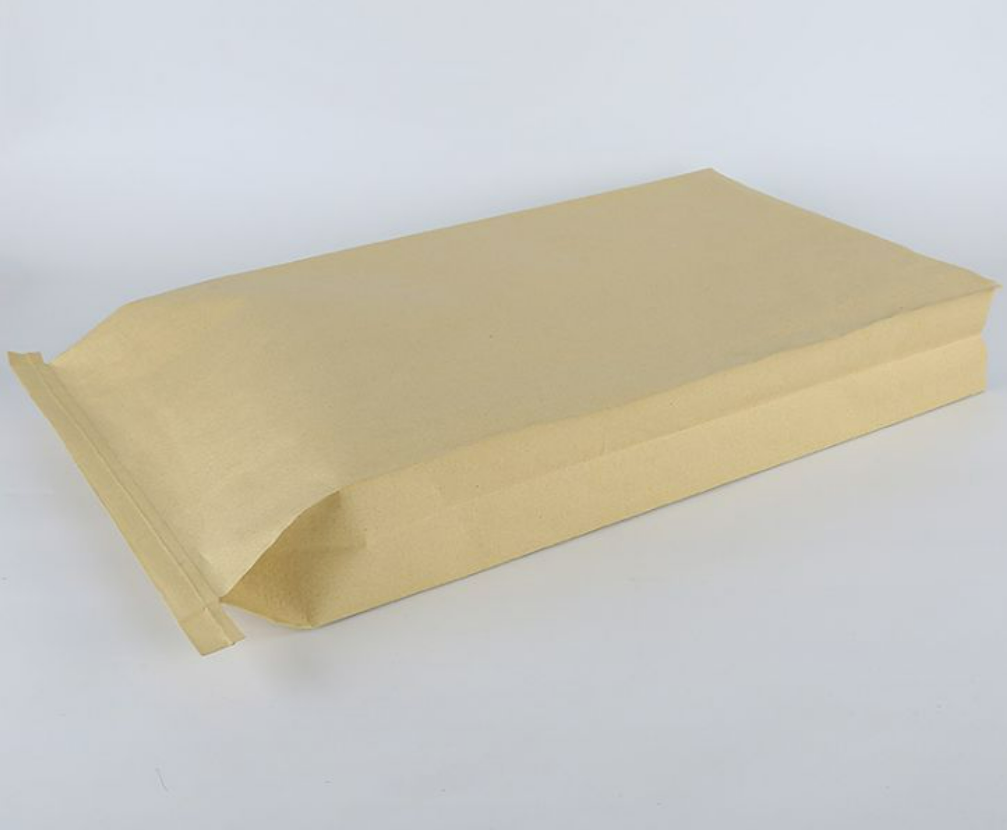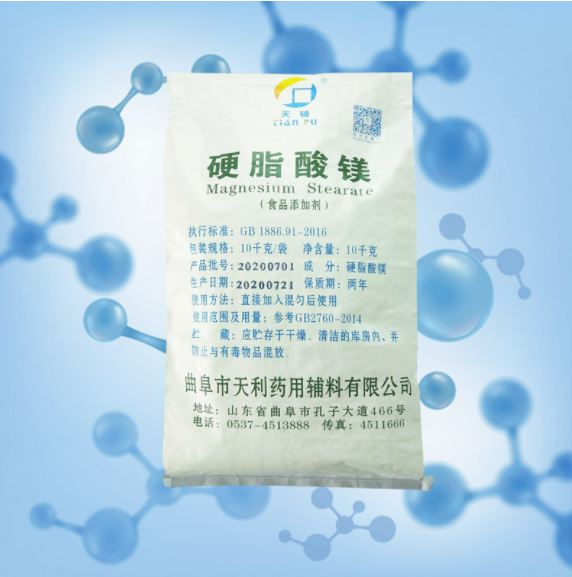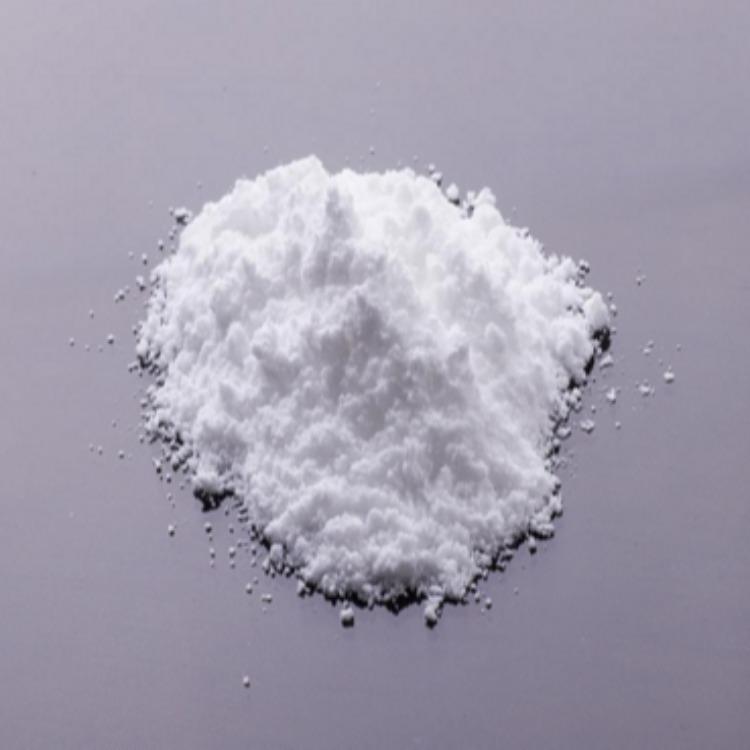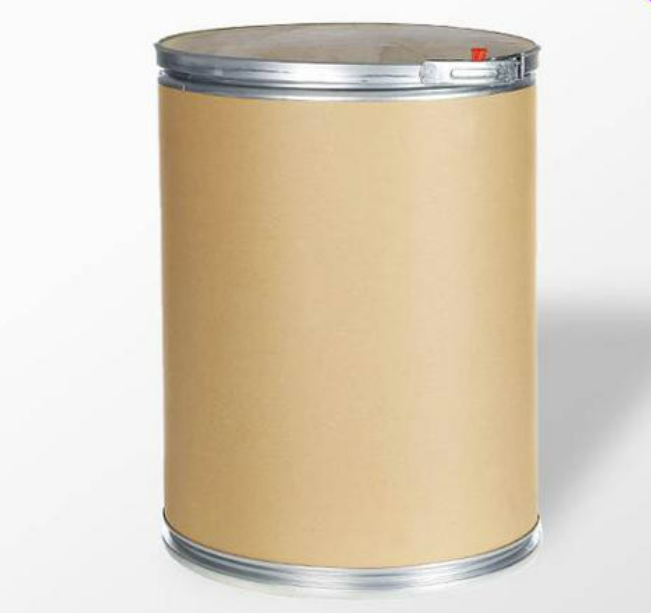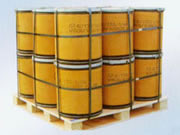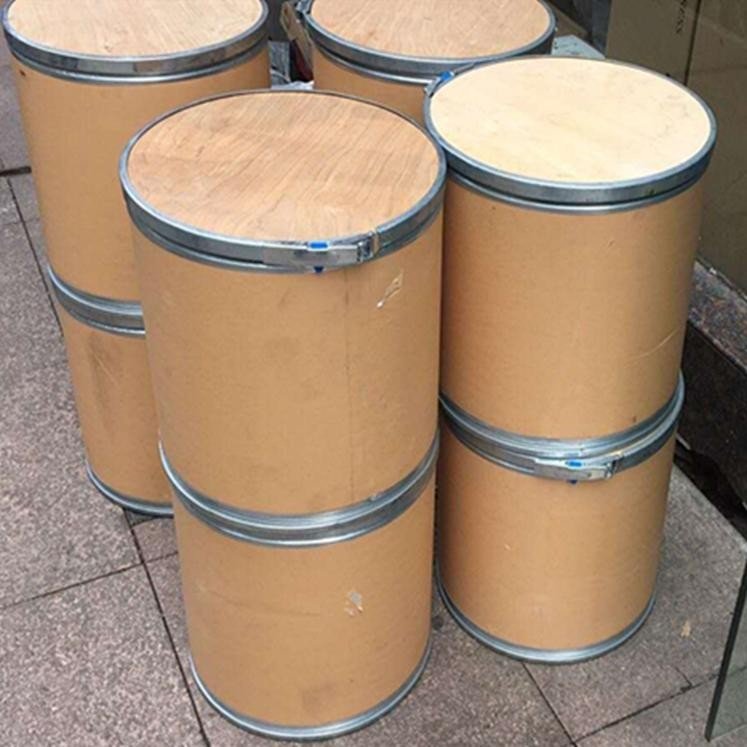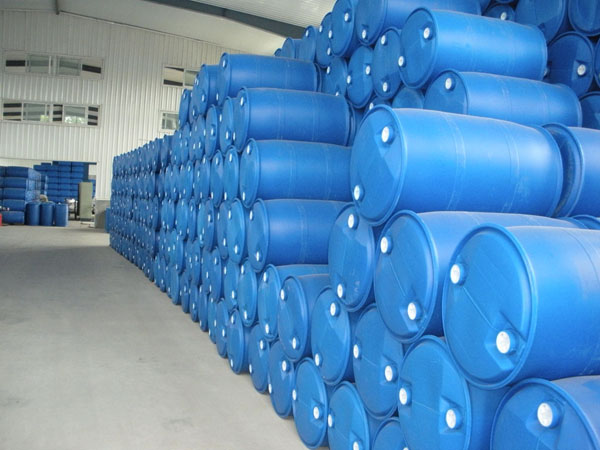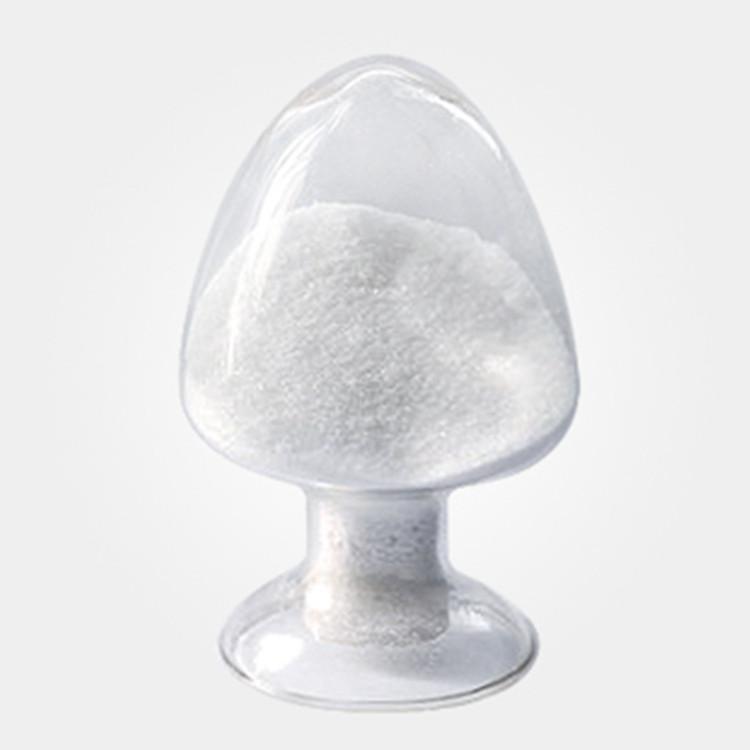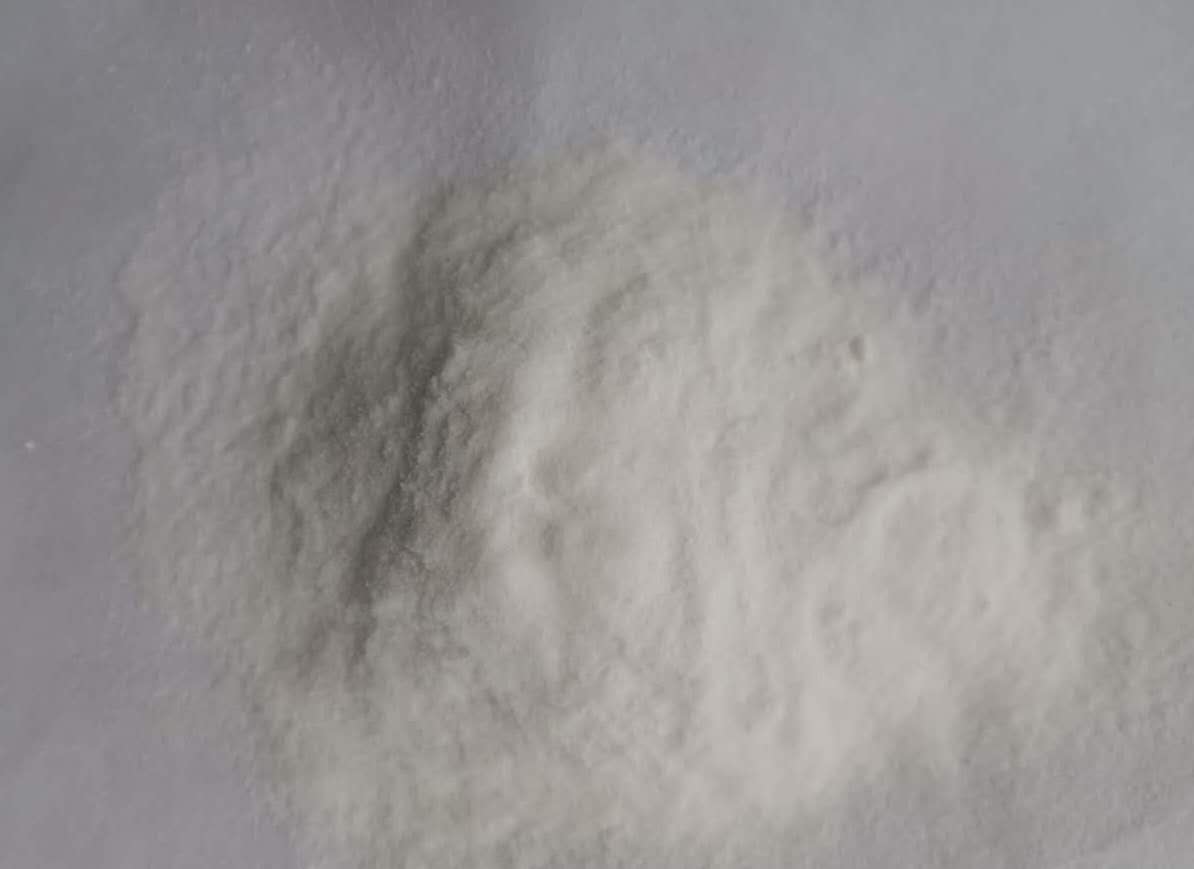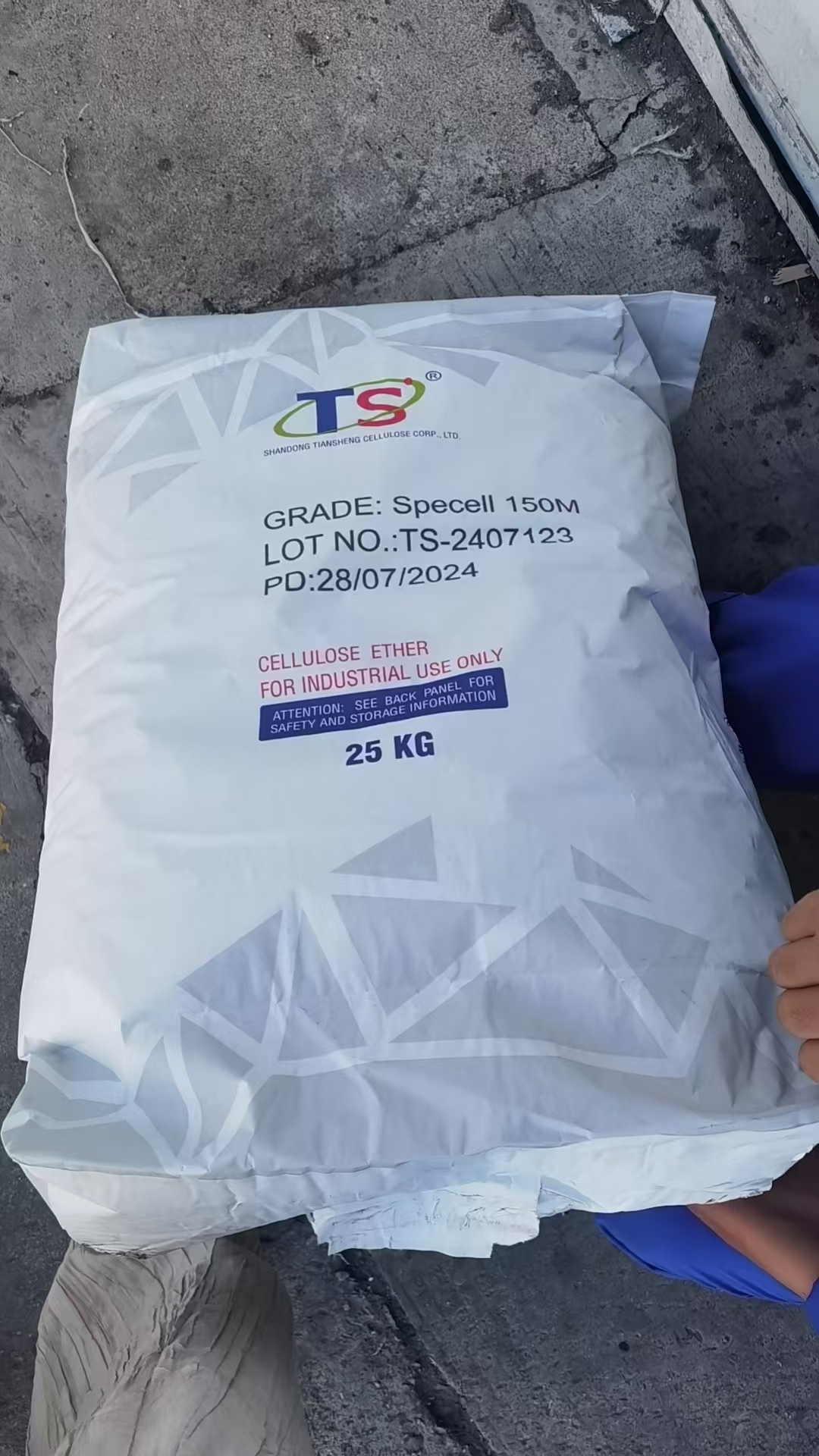Surfactants, Catalysts
Find
1014
related chemicals for you
CAS:1643-20-5
Molecular Formula:C14H31NO
Alias
More Information
Lauramine Oxide; Lauryldimethylamine Oxide; Dodecyldimethylamine Oxide; Ldao; OB-2; 1-Dodecanamine, N,N-Dimethyl-, N-Oxide; Dimethyldodecylamine Oxide; Dimethylaurylamine Oxide; N-Dodecyldimethylamine Oxide; Dimethyldodecylamine N-Oxide; Alkyl AND Dimethyl Amine Oxide; Dodecyldimethylamine N-Oxide; Dodecyl(Dimethyl)Amine Oxide; N,N-Dimethyldodecan-1-Amine Oxide; Ddno; N,N-Dimethyldodecylamine N-Oxide; N,N-Dimethyldodecylamine-N-Oxide; Lauryl Dimethylamine-N-Oxide; Dimethyllaurylamine Oxide; N,N-Dimethyldodecylamine Oxide; N,N-Dimethyl-1-Dodecylamine N-Oxide
Brief Introduction
This product is mainly used for tableware detergent and industrial liquid bleach. It has the function of increasing and stabilizing foam, and can improve the compatibility of thickener and the overall stability of the product.
Suppliers
View More Vendors (4) >
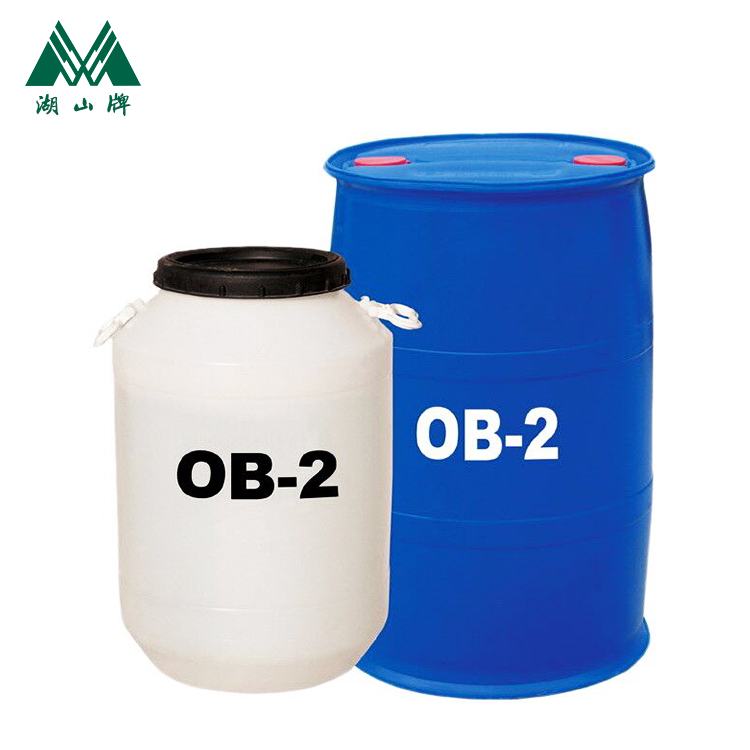
PH value (1% aqueous solution): 5-7; Solid content (%): 32 ± 2
/
Tech Grade
50kg
/
Plastic Drum
CAS:557-04-0
Molecular Formula:C36H70MgO4
Alias
More Information
Magensium Stearate; Magnesium Octadecanoate; Octadecanoic Acid Magnesium Salt; Octadeconic Acid Magnesium Salt; Magnesium Stearate Bp; Magnesium Distearate; Magnesium Stearate NF; Magnesium Stearate, FCC; Stearatedemagnesium; Stearate Magnesium; Magnesium Stearate API; Megnesium Steatate; Octadecanoicacid, Magnesium SALT (2:1); Magnesiumdistearate; Magnesium Sterate; Magnesiumdistearat; Stearic acid,Magnesium Stearate; Microcrystalline Cellulose use as the oral Steroid Filler; Magnesiumstearate,FCC; Magnesium Stearate (E-470B, F.C.C.) Aditio; Dolomol; Magnesiumstearat; Magnesiumstearatebp; Petracmg20nf; Magnesiumstearate; Estearato de Magnesio; Magnesium Stearat
Brief Introduction
Magnesium stearate has good adhesion and lubricity to skin. It can be used in powder products in cosmetics to improve adhesion and lubricity. Magnesium stearate can be used as heat stabilizer of PVC, and its stability is similar to that of calcium stearate. It can be used in food packaging materials with zinc soap or calcium soap, but it is not widely used.
Suppliers
View More Vendors (4) >
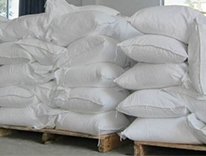
Magnesium oxide content 6.8-8.3w /%; Drying loss ≤ 4.0w /%
/
Food Grade
20kg
/
Woven Bag
CAS:57-09-0
Molecular Formula:C19H42BrN
Alias
More Information
Hexadecanaminium, N,N,N-Trimethyl-, Bromide; N-Hexadecyltrimethylammonium Bromide; N,N,N-Trimethyl-1-Hexadecanaminium Bromide; (1-Hexadecyl)Trimethylammonium Bromide; CTAB; Hexadecyl Trimethyl Ammonium Bromide; Cetrimonium Bromide; HTAB; 1632; Ctabr; TAC-16
Brief Introduction
This product is a cationic surfactant. It can be used as bactericide, gargle, disinfectant and intestinal absorption inhibitor. It can also be used as a micelle solubilizing spectrophotometric reagent.
Suppliers
View More Vendors (4) >
CAS:865-48-5
Molecular Formula:C4H9NaO
Alias
More Information
Sodium-T-Butoxide; Sodium Tert Butoxide; Sodium 2-Methylpropan-2-Olate; 2-Propanol, 2-Methyl-, Sodium Salt; T-Butoxy Sodium; Mfcd00040575; Sodium T-Butanolate; (Tert-Butoxy)Sodium; Sodium Tert-Butylate; Sodium-Tert-Butoxide; Sodium Tert-Butanolate; Sodium;2-Methylpropan-2-Olate; 2-Propanol, 2-Methyl-, Sodium Salt (1:1)
Brief Introduction
As a strong base, Sodium tert-butoxide alcohol is widely used in condensation, rearrangement and ring opening reactions in chemical industry, medicine, pesticide and organic synthesis.
Suppliers
View More Vendors (4) >
CAS:9004-62-0
Molecular Formula:C29H52O21
Alias
More Information
2-Hydroxyethylcelluloseether; Hetastarch; HEC; 5-[6-[[3,4-Dihydroxy-6-(Hydroxymethyl)-5-Methoxyoxan-2-yl]Oxymethyl]-3,4-Dihydroxy-5-[4-Hydroxy-3-(2-Hydroxyethoxy)-6-(Hydroxymethyl)-5-Methoxyoxan-2-yl]Oxyoxan-2-yl]oxy-6-(Hydroxymethyl)-2-Methyloxane-3,4-diol; Hydroxy Ethyl Cellulose; Tylose 6000; Hydroxymethyl Cellulose
Brief Introduction
Hydroxyethyl cellulose is a gelling and thickening agent derived from cellulose. It is widely used in cosmetics, cleaning solutions, and other household products. Hydroxyethyl cellulose and methyl cellulose are frequently used with hydrophobic drugs in capsule formulations, to improve the drugs' dissolution in the gastrointestinal fluids. This process is known as hydrophilization.
Hydroxyethyl cellulose is one of the main ingredients in the lubricant KY Jelly. It is also a key ingredient in the formation of big bubbles as it possesses the ability to dissolve in water but also provide structural strength to the soap bubble.
Suppliers
View More Vendors (4) >
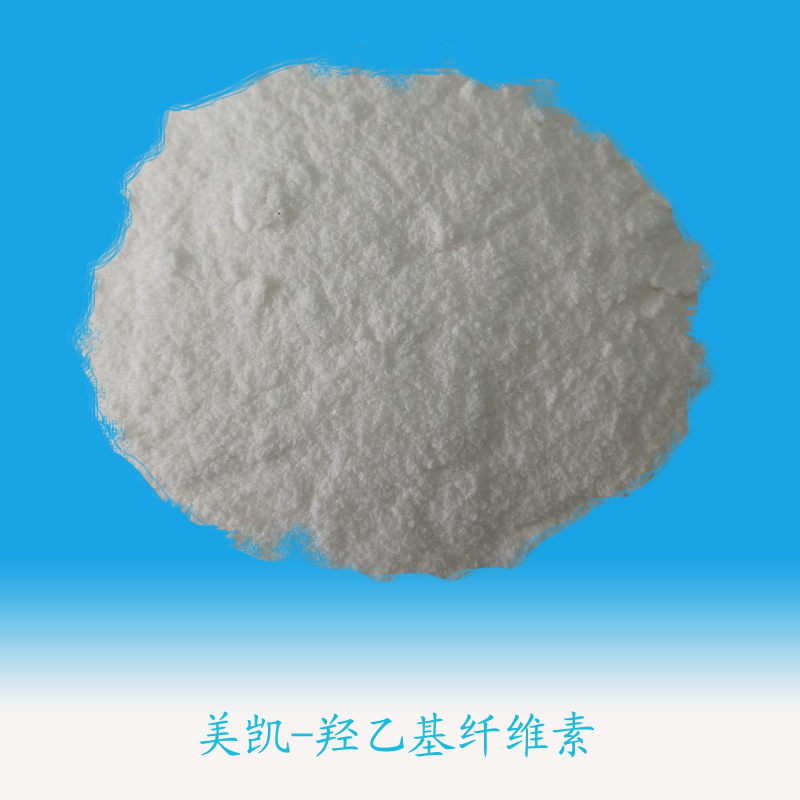
Mesh ≤100, viscosity (mpa.s) 2% (20℃ aqueous solution): 5000-100000
/
Tech Grade
25kg
/
Paper Bag
Ningbo Wanhong Ruiquan Technology Co.,Ltd.
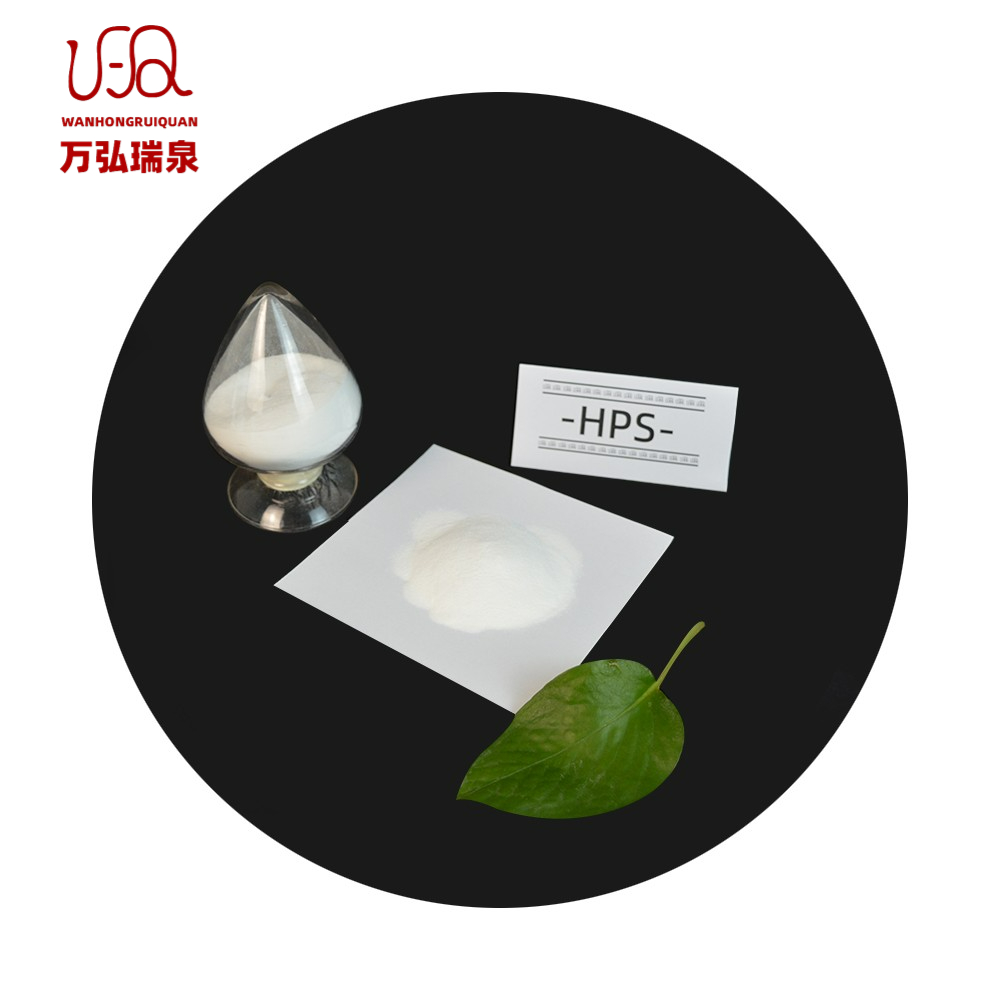
purity:≥95%
/
Tech Grade
25kg
/
Paper Bag
Inquiry (
10
/ 10
)
Clear All
You can inquire for up to 10 products at a time
Sign In
Error!


